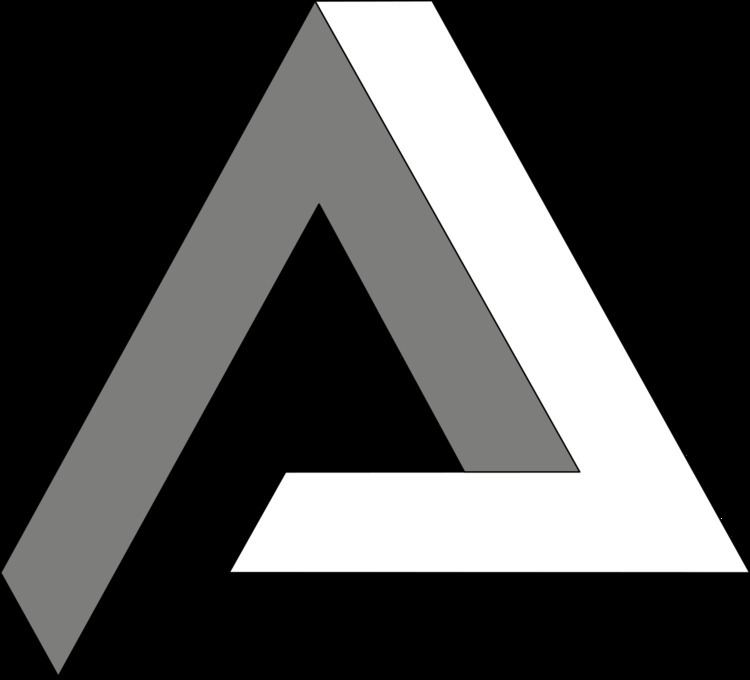 | ||
In mathematics, specifically algebraic topology, Čech cohomology is a cohomology theory based on the intersection properties of open covers of a topological space. It is named for the mathematician Eduard Čech.
Contents
Motivation
Let X be a topological space, and let
Construction
Let X be a topological space, and let
Simplex
A q-simplex σ of
Now let
The boundary of σ is defined as the alternating sum of the partial boundaries:
Cochain
A q-cochain of
Differential
The cochain groups can be made into a cochain complex
where
A calculation shows that
The coboundary operator is also sometimes called the codifferential.
Cocycle
A q-cochain is called a q-cocycle if it is in the kernel of δ, hence
Thus a (q−1)-cochain f is a cocycle if for all q-simplices σ the cocycle condition
Coboundary
A q-cochain is called a q-coboundary if it is in the image of δ and
For example, a 1-cochain f is a 1-coboundary if there exists a 0-cochain h such that
Cohomology
The Čech cohomology of
The Čech cohomology of X is defined by considering refinements of open covers. If
The Čech cohomology of X with coefficients in a fixed abelian group A, denoted
A variant of Čech cohomology, called numerable Čech cohomology, is defined as above, except that all open covers considered are required to be numerable: that is, there is a partition of unity {ρi} such that each support
Relation to other cohomology theories
If X is homotopy equivalent to a CW complex, then the Čech cohomology
If X is a differentiable manifold and the cover
If X is compact Hausdorff, then Čech cohomology (with coefficients in a discrete group) is isomorphic to Alexander-Spanier cohomology.
In algebraic geometry
Čech cohomology can be defined more generally for objects in a site C endowed with a topology. This applies, for example, to the Zariski site or the etale site of a scheme X. The Čech cohomology with values in some sheaf F is defined as
where the colimit runs over all coverings (with respect to the chosen topology) of X. Here
As in the classical situation of topological spaces, there is always a map
from Čech cohomology to sheaf cohomology. It is always an isomorphism in degrees n = 0 and 1, but may fail to be so in general. For the Zariski topology on a Noetherian separated scheme, Čech and sheaf cohomology agree for any quasi-coherent sheaf. For the etale topology, the two cohomologies agree for any sheaf, provided that any finite set of points in the base scheme X are contained in some open affine subscheme. This is satisfied, for example, if X is quasi-projective over an affine scheme.
The possible difference between Cech cohomology and sheaf cohomology is a motivation for the use of hypercoverings: these are more general objects than the Cech nerve
A hypercovering K∗ of X is a simplicial object in C, i.e., a collection of objects Kn together with boundary and degeneracy maps. Applying a sheaf F to K∗ yields a simplicial abelian group F(K∗) whose n-th cohomology group is denoted Hn(F(K∗)). (This group is the same as
where the colimit now runs over all hypercoverings.
